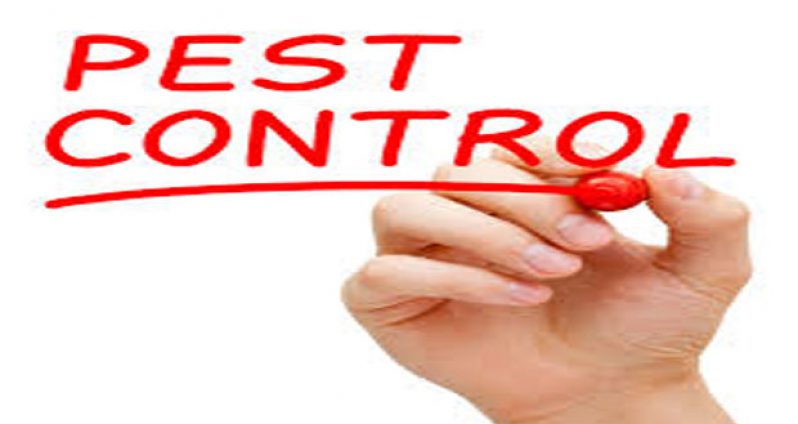PEST management involves three steps: firstly, Pest Identification; secondly, Monitoring; and then Management. Identification means knowing the insect and the damage it causes. Monitoring involves catching the problem early. Management involves using preventative measures or a mix of biological, cultural, physical/mechanical and (as a last resort) chemical tools.
KNOW THE ENEMY
Know who you are fighting. A large part of this is to be able to identify what pests you have on crops in the shade house or the garden.
You need to make sure that you know what they look like.
The four main insect pests for gardens are whiteflies, aphids, leaf miners and caterpillars.
There are also thrips and mites.
Some of these pests are usually so small that you may have difficulty in seeing them with the naked eye.
A magnifying glass is a useful tool but the best approach is to know what the damage they cause look like; know what damage belongs to white flies, or aphids or leafminers or caterpillars.
Caterpillars defoliate mostly everything that has leaves.
White flies attack tomatoes, eggplants, pepper, hibiscus and other flowers.
Aphids attack lettuce, parsley, celery, egg plants, pepper, cole crops such as broccoli and cauliflower.
Leaf miners attack lettuce, tomatoes and onions.
MANAGEMENT
Biological control is the use of natural enemies—predators, parasites, pathogens, and competitors – to control pests and their damage.
Cultural controls are practices that reduce pest establishment, reproduction, dispersal, and survival. Physical/Mechanical controls kill a pest directly or make the environment unsuitable for it.
Physical controls include mulches for weed management, solarisation or cooking or baking of the soil for disease/pest management, or barriers such as screens to keep insects out.
Chemical control is the use of pesticides.
Pesticides are used only when needed and in combination with other approaches for more effective, long-term control. Monitoring and timing of sprays are key.
USE OF NATURAL PESTICIDES
Some natural pesticides are pepper, garlic and neem extracts. The reason why the neem is important is that the neem is an Insect Growth Regulator (IGR) ; it stops the insect from being able to grow to the next stage of its life cycle.
Soapy water can also help because soapy water will wash a waxy coating off the insect pests and their skins become dry and they become more vulnerable and often die.
These treatments must be done late afternoon, not in the heat of the day nor in the morning.
CHEMICAL CONTROL
The idea is to use less chemical control because when you use chemicals you kill not only pests but the beneficial wasps and the predators as well.
The concern about chemicals is not only about health and the environment but about encouraging resistance which is using the chemicals so many times that the pest does not die from it anymore.
The thing you have to do is to rotate the chemicals. Do not use the same chemical over and over again.
When you use chemicals too often you are creating a bug that is no longer susceptible to that chemical and that means you are wasting hard earned cash.( Courtesy of Local Chapter Partners of America Farmer to Farmer program)
(By Clifford Stanley)




.jpg)










